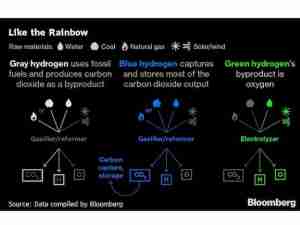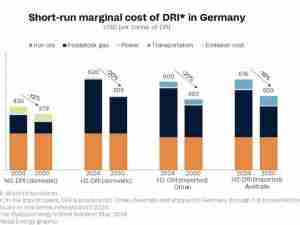Coal’s use for power in 2020 set for new 40-year low
The decline in coal use for energy in the United States has been much quicker than what the country has anticipated for several years, with its use for electricity generation always landing lower than projections, a Rystad Energy analysis reveals. In fact, our forecasts show coal use will again land lower than what the US believes, hitting a new 40-year low in 2020 and plunging further the following year.
Over the past four years, the US official projections have consistently been above annual demand for thermal coal used in domestic power generation. By comparing the forecasts made at the beginning of each year, we find that the actual coal burning for power generation has on average lagged expectations by 7.5%. Looking at the two-year-ahead estimates, we see an average of 16% in overpredictions.

In its most recent Short-Term Energy Outlook (STEO), published in April, EIA forecasts coal consumption in the electric power sector dropping to 432 million short tons. This is 47 million short tons or 10% less than the outlook it had in January and represents an annual decrease of 20% from the 2019 full year.
The most surprising prediction in the new outlook comes for 2021. Here in the earlier STEO forecasts made this year in January, February and March, thermal power coal consumption was forecast to remain relatively high and stable, bucking the established downward trend. But in the April outlook, power coal consumption was actually increased by 5% over the previous month’s estimate, to 491 million short tons.
The rationale behind the EIA’s bullish coal outlook appears to be modelled on an improved fuel cost competitiveness for coal versus gas, due to a substantial rise in natural gas prices forecast in 2021. As Rystad Energy’s 2021 forecast of $2.43 million British thermal units is 23% below EIA’s projection, we do not believe there will be any major change in relative fuel cost competitiveness and coal demand will continue to slide.







_-_28de80_-_58820516bd428ab3fd376933932d068c43db9a4a_lqip.jpg)



